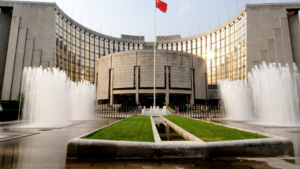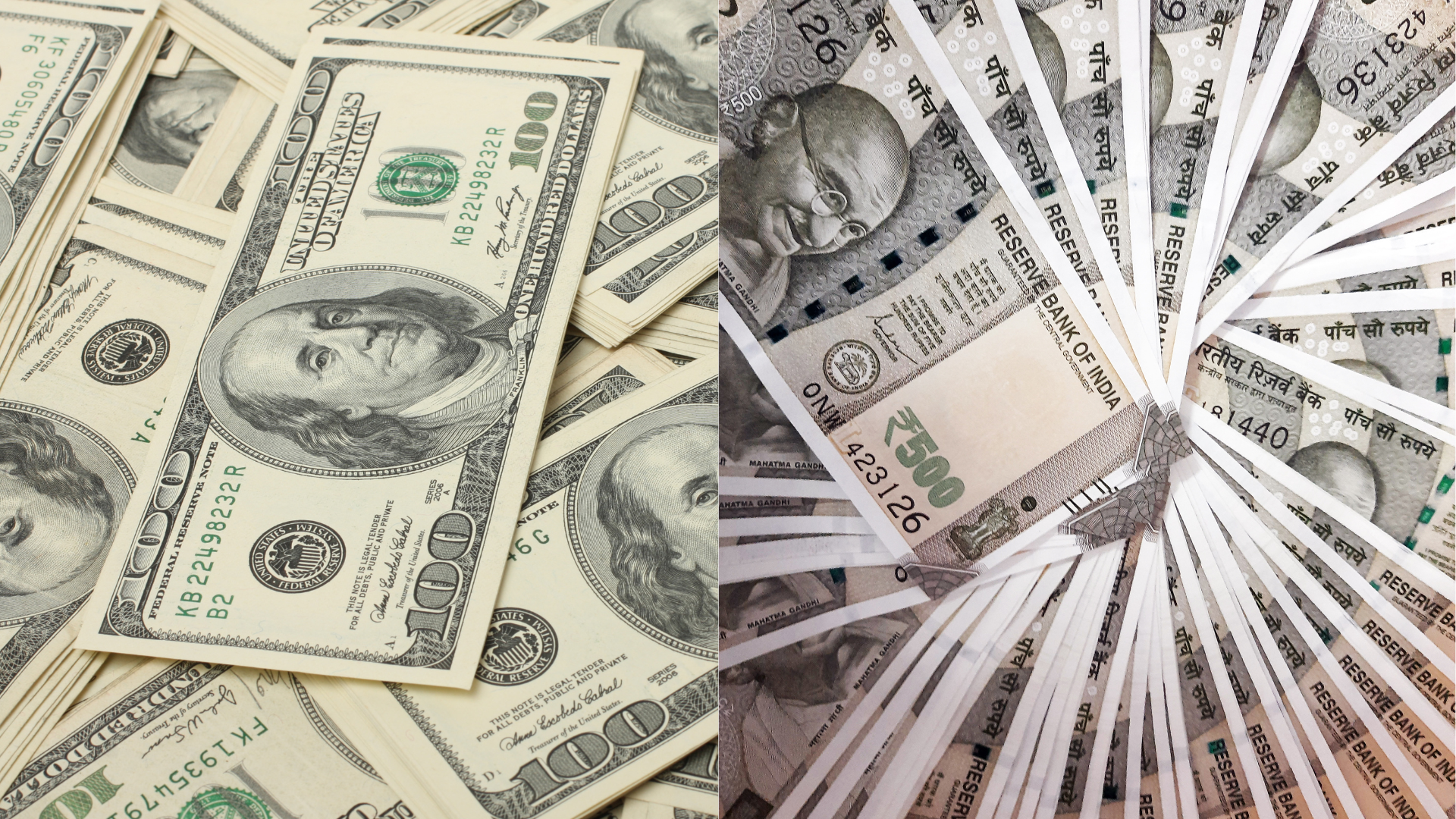The Indian Rupee tumbled to an all-time low against the U.S. dollar, with the USD/INR pair surging as growing expectations of a rate cut by the Reserve Bank of India (RBI) weighed heavily on the currency. Investors are increasingly pricing in the possibility of monetary easing amid signs of slowing economic growth and persistent inflation concerns.
The RBI’s dovish outlook has fueled speculation that the central bank could lower interest rates sooner than expected to stimulate domestic demand. This shift in sentiment has triggered a sharp depreciation in the Rupee, as lower rates typically reduce the appeal of a currency by diminishing returns on interest-bearing assets. The prospect of a rate cut has also heightened concerns over capital outflows, adding further pressure to the Rupee’s performance.
Meanwhile, the U.S. dollar has remained resilient, supported by strong economic data and expectations of sustained policy tightening by the Federal Reserve. The widening gap between U.S. and Indian interest rates has created a favorable environment for the USD/INR to climb, attracting foreign investors to dollar-denominated assets.
Global risk sentiment has also played a role in the Rupee’s decline, with fears of a potential slowdown in major economies prompting a flight to safety. Emerging market currencies, including the Rupee, have been particularly vulnerable to shifts in investor sentiment, exacerbating the currency’s recent weakness.
Market participants are now closely watching for any signals from the RBI regarding its next policy move. A more aggressive stance could help stabilize the Rupee, but the central bank faces a delicate balancing act between supporting growth and managing inflationary pressures. Until then, USD/INR is likely to remain under upward pressure, reflecting the broader challenges facing India’s economy in the current global environment.























